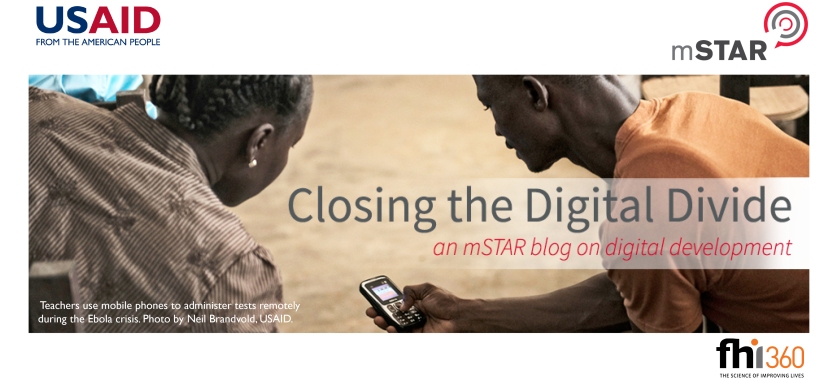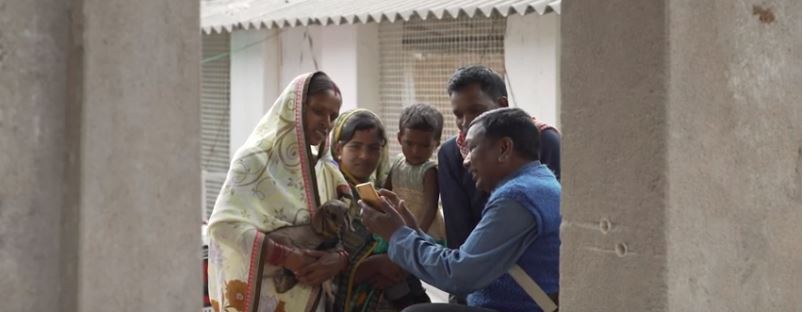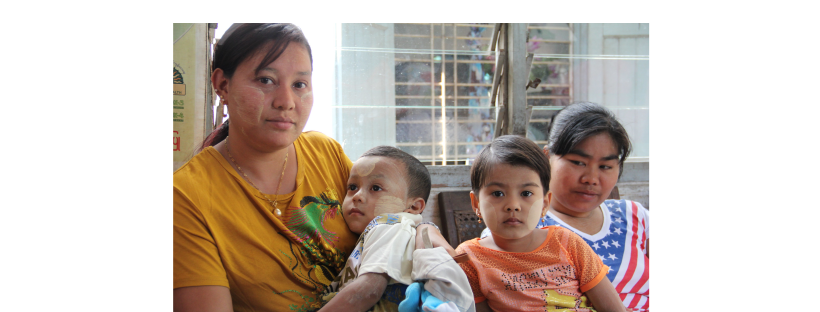By Erica Bustinza
Throughout mSTAR’s farewell blog series, the team recalled the progress and achievements from seven years of implementation highlighting some of our most informative work. We began with the birth of mSTAR and a year-on-year retrospective of achievements including how mSTAR’s work has transformed the digital landscape. The progress of DFS in three markets, Bangladesh, India and Myanmar, highlights success factors to consider when rolling out new products. A use case of digitization of conditional cash transfers for a Feed the Future activity in Cambodia detailed implementation as well as challenges that may hinder implementation. A look at barriers to gender equality in ICT interventions shows how ICT projects and digital tools need to address the social and cultural norms that prevent women’s participation. These barriers are apparent in Myanmar where grants to three local digital agriculture companies uncovered difficulties in reaching rural women in agriculture with ICT interventions, thus unintentionally excluding them from opportunities. Successful digital interventions in agriculture are more back-end design heavy, reliant on donor funding and are designed directly for rural customers rather than retooling existing products for a different clientele. And finally we looked at how three mobile money pilots in India differed based on type of business and how women perceive their income source.
Back in 2012 the digital landscape in international development looked quite different than today. At that time, M-Pesa was just taking off and the development community was beginning to learn how digital payments could reduce time and costs for the consumer while offering increased security and transparency. Nations were developing regulatory policies around these tools and gaining an understanding of how these policies could be more conducive to helping the underserved. Development implementers were starting to practice a higher caliber of data collection and mobile tools were increasingly supporting these efforts. These advances are an example of the continued growth USAID was investing in when it launched the Mobile Solutions Technical Assistance and Research project, implemented by FHI 360.
Since its beginning, mSTAR has been a true collaboration between USAID and partners including NGOs, tech firms, host country governments, mobile network operators, private consultants and others. As a team, mSTAR and our partners have identified how digital tools can enhance current efforts and developed new practices that have led to more efficient, responsive, inclusive and safer implementation.
mSTAR’s impact has been particularly evident through its role as a convener and thought leader. Over 7 years, mSTAR has held 329 convenings. These events include trainings for USAID Mission staff from around the world, building champions to take digital learnings back and share within their countries. They also range from those targeting hundreds of high-level diplomatic participants in DC, to those in rural corners of Liberia, demonstrating to teachers and health workers how to use their phones to access their paychecks.
As thought leaders, mSTAR and USAID have worked together to develop 725 tools, guides, manuals and blogs to help practitioners incorporate research and learnings in their work. mSTAR’s tools have been accessed a recorded 55,000 times.
mSTAR’s journey has produced many lessons for the development community, from the use of responsible data, to how to use digital financial services in agriculture. We hope that our work to increase demand and enable supply will leave behind more developed ecosystems in Bangladesh, Liberia and India, where much of our work has focused, and beyond. We hope that the wealth of materials, use case examples and practical documentation we’ve created remains accessible. We hope that during our implementation, we have better-equipped USAID and implementing partners to oversee and manage these digital development interventions, and that they will spread the knowledge they’ve gained in ways that will benefit projects and beneficiaries for years to come.
Digital technology is here to stay. Others will build off of mSTAR’s legacy, and in seven years we will look back at how different the landscape was today. From all of us at mSTAR, we’d like to say “thank you” to USAID for supporting these achievements and for doing the work with us. Thank you to our partners for being a part of the team and lending their technical capacity in so many ways. mSTAR is closing, but FHI 360 looks forward to continuing to create with and learn from our partners and keep sight of leaving the world a better place than we found it.
Erica Bustinza is the Project Director of mSTAR at FHI 360. She has worked in development for over 10 years in various geographic regions and sectors, primarily focused on access to finance, economic development and technology integration. She holds a MSc in International Development from Tulane University and a BSc from Bradley University.
Photo credit: Riaz Jahanpour/Digital Development Communications















 mSTAR: What are some of the major challenges and successes of M-TIBA?
mSTAR: What are some of the major challenges and successes of M-TIBA?
You must be logged in to post a comment.